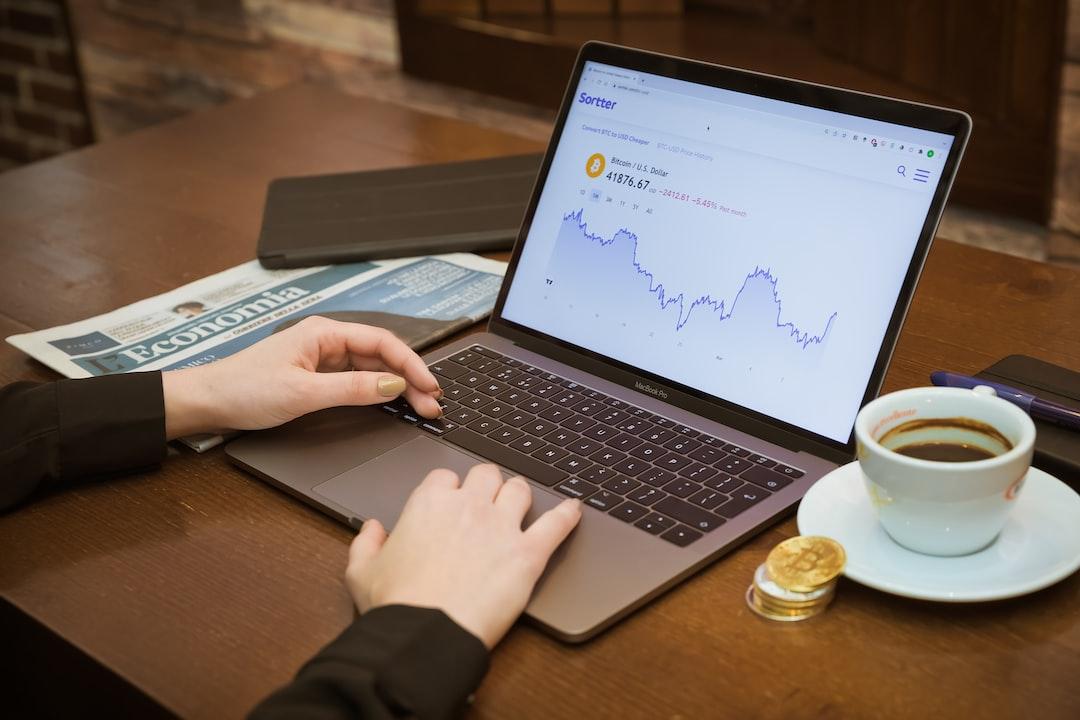In the vast landscape of Web3, which VCs have the best vision? Which VCs have the highest returns on their investments? Which early-stage VCs provide the best cost-effectiveness for ordinary players? Which projects should investors focus on? Let’s let the data speak for itself. This article is sourced from a piece by Sego (@EvanCrypto17) and organized by Deep Tide TechFlow.
(Background: “Monsters and Demons” abound; the founder of Ether.Fi reveals the top ten chaos in cryptocurrency VCs.)
(Background Supplement: Not only are you losing money! All 11 top crypto VCs are in the red this year, unable to escape these six major blows.)
The return on investment from foreign VCs is higher than that of domestic VCs, while the investment returns from exchange-backed VCs rank in between the two.
After 48 hours of intense research, we present a must-see collection of data for Web3 players.
Among the numerous VCs in Web3, which ones have the best insights? Which VCs have the highest project returns? Which early-stage VCs offer better value for ordinary players? Which projects should investors prioritize for profit? What are the differences between domestic and foreign VCs? Do foreign VCs invest in projects with greater potential?
These questions are of utmost concern to retail investors and are what primary market players (profit-seekers) wish to focus on. In this article, we will answer these questions with the most intuitive data available.
All data is sourced from disclosed information online, and we have filtered a total of 65 VCs, including 23 foreign VCs, 34 domestic VCs, and 8 exchange-backed VCs. The results are as follows: the best outcome for VC investment is when a token is listed on a major exchange.
Although we know that some projects can be highly profitable without launching tokens, this is not a space that ordinary players can easily enter. Therefore, we have established the following dimensions for evaluation:
Quantity:
– Total number of VC investments
– Number of projects that launched tokens
– Number of projects listed on Binance
– Number of projects listed on OKX
– Number of projects listed on Coinbase
Success Rates:
– Project listing rate on Binance = Number of listings on Binance / Total number of investments
– Project listing rate on OKX = Number of listings on OKX / Total number of investments
– Project listing rate on Coinbase = Number of listings on Coinbase / Total number of investments
Evaluation Criteria:
– Comprehensive Score = 2 * Binance listing rate + 1 * OKX listing rate + 1 * Coinbase listing rate
(Binance has the largest volume, so it receives a weight of 2)
– Average Return on Investment (ROI) = 15 * Binance listing rate + 10 * OKX listing rate + 10 * Coinbase listing rate
(The ROI is based on the assumption that early investments in Binance average a 15x return, OKX a 10x return, and Coinbase a 10x return; each project varies, and this is the average value taken here.)
Let’s state the conclusion:
Based on the differences in comprehensive scores, we categorize VCs into five tiers: T0, T1, T2, T3, T4. The higher the rank, the better the vision of the VC. Investing alongside these VCs in the primary market yields better cost-effectiveness.
VC Tier Rankings:
– T0 Tier VCs include YZi Labs (formerly Binance Labs), Continue Capital, IOSG Ventures, Bain Capital
– T1 Tier VCs include Multicoin, Pantera, 1Confirmation, Smrti Lab, Zonff Partners
– T2 Tier VCs include Polychain, ParaFi Capital, Dragonfly, Sequoia China, Delphi Digital, Electric Capital, Mint Ventures, CoinFund
– T3 Tier VCs include Framework Ventures, NGC Ventures, SNZ Holding, Coinbase Ventures, OKX Ventures, etc.
– T4 Tier VCs include Animoca Brands, GSR, Hashkey Capital, Waterdrip, LD Capital, etc.
Regional VC Investment Returns and Rankings:
Foreign VCs > Exchange-backed VCs > Domestic VCs


T0 Tier VCs
T0 Tier VCs include YZi Labs (formerly Binance Labs), Continue Capital, IOSG Ventures, Bain Capital.
Comprehensive score >1, average ROI between 8 – 12. By focusing our investments on projects these VCs invested in early, we can expect substantial results, with a high probability of profits for single tokens A7 and A8. Detailed data is shown in the image below:

T1 Tier VCs
T1 Tier VCs include Multicoin, Pantera, 1Confirmation, Smrti Lab, Zonff Partners.
Comprehensive score between 0.7 – 1, average ROI between 6 – 7.5. Investing in projects these VCs funded early also yields good returns; A6.5 is a respectable outcome. Detailed data is shown in the image below:

T2 Tier VCs
T2 Tier VCs include Polychain, ParaFi Capital, Dragonfly, Sequoia China, Delphi Digital, Electric Capital, Mint Ventures, CoinFund.
Comprehensive score between 0.5 – 0.7, average ROI between 4 – 6. Investing in projects these VCs invested in early yields somewhat unstable returns, but it might be worth a try. Detailed data is shown in the image below:

T3 Tier VCs
T3 Tier VCs include Framework Ventures, NGC Ventures, SNZ Holding, Coinbase Ventures, OKX Ventures, etc.
Comprehensive score between 0.3 – 0.5, average ROI between 2.5 – 4.5. Focusing on projects these VCs invested in yields somewhat unstable returns, with low profitability. Detailed data is shown in the image below:

T4 Tier VCs
T4 Tier VCs include Animoca Brands, GSR, Hashkey Capital, Waterdrip, LD Capital, etc.
Comprehensive score averages between 0 – 0.3, average ROI between 0 – 2.5. Investing in projects these VCs funded early results in less optimistic returns and lower chances of successful listings. Detailed data is shown in the image below:

Bonus Note
Projects invested in by Binance and OKX have a slightly higher chance of being listed on their respective exchanges. Projects invested in by Coinbase have similar probabilities of being listed on “the Big Three” exchanges.

In Summary
From the data, we find that highly regarded VCs, such as a16z, Coinbase, Dragonfly, Polychain, etc., actually hold little reference value for ordinary investors.
Some projects that flaunt the “VC brand” may simply be “pits” for ordinary players.
In our analysis, T0 and T1 tier VCs are the ones that we should truly focus on and invest in.
The return on investment from foreign VCs is higher than that of domestic VCs, while exchange-backed VCs rank in between the two. When evaluating whether a project is worth early investment, we should consider the tiers of the participating VCs. The data provided offers substantial reference value for our primary market investments.
Once again, we emphasize that this article only discusses the return ratios of retail players investing alongside VCs, ranking them accordingly. It does not address the overall strength and other aspects of the companies and brands represented by the VCs!



